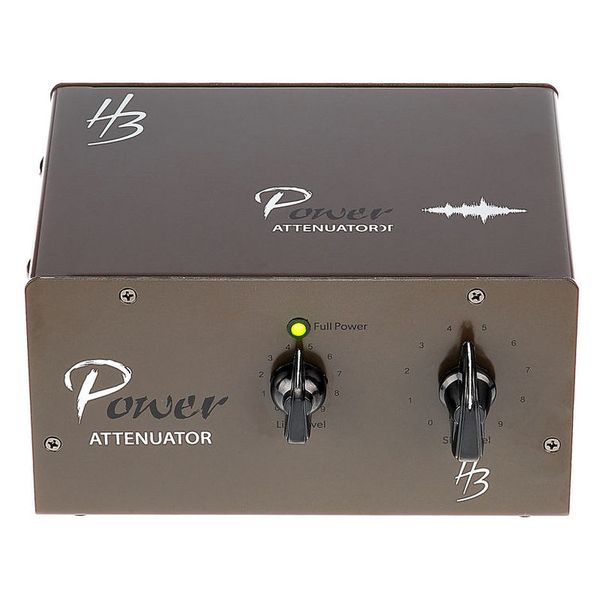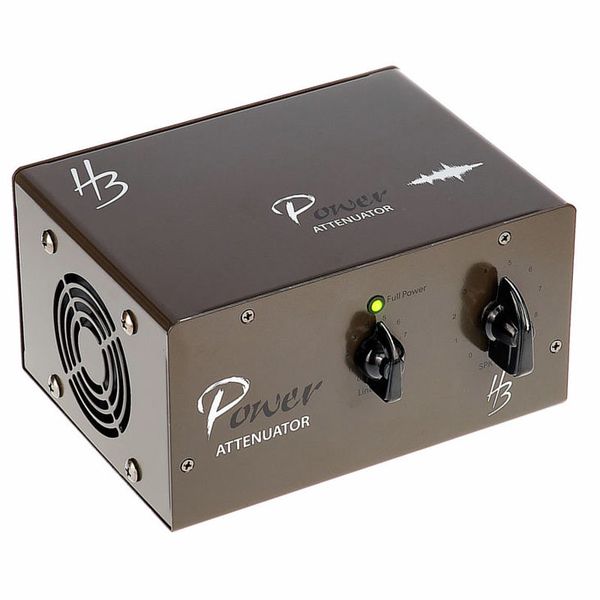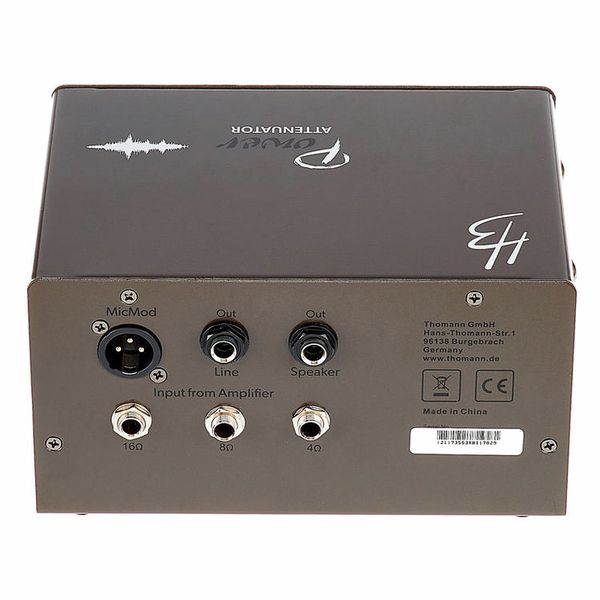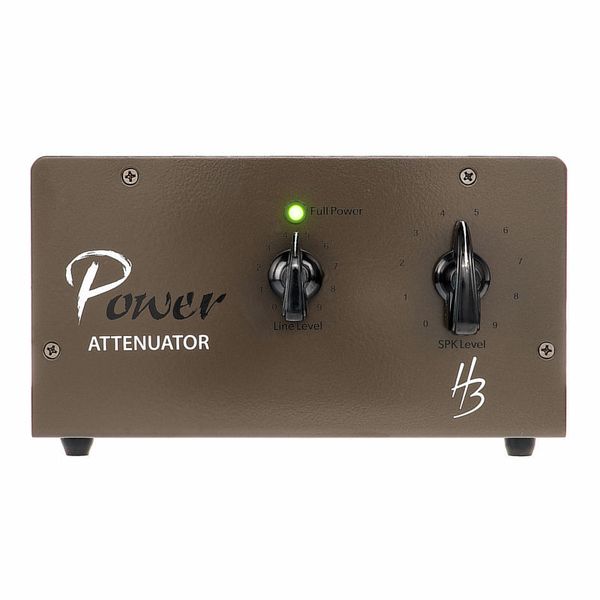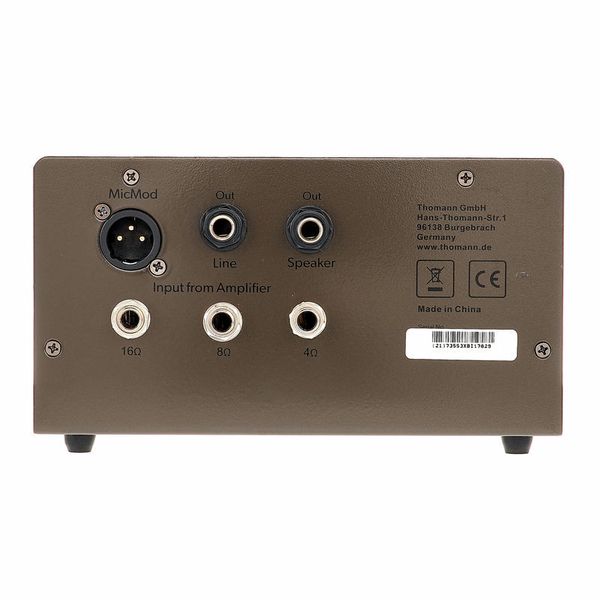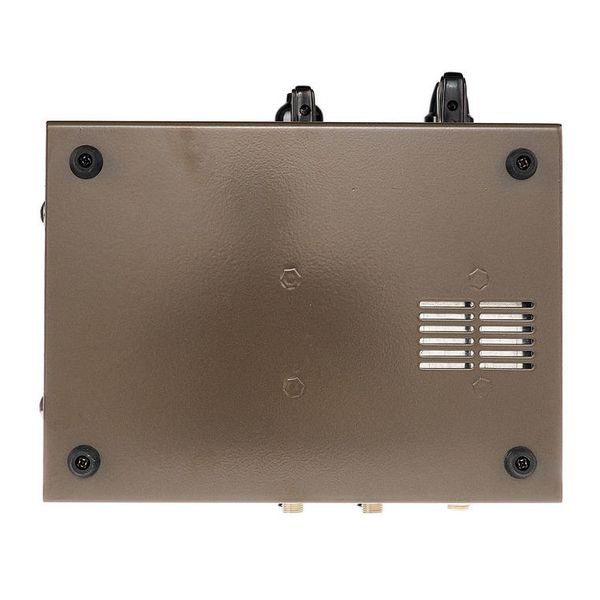I purchased both this and the Bugera PS-1 to see which was better for me. It was a very tough call but I ended up keeping this one. It seems to functionally be pretty much the same device, and despite looking a bit less neat (the black powder coating on the PS-1 is nicer IMO than the smooth and shiny grey panels here) and bigger (I think due to the inclusion of the fan the HB PA-100 is about 1.25x the width of the PS-1) it definitely has some pros over the PS-1:
First, the Mic output on this device doesn't feature the muddy and IMO unusable "amp simulation" that the Bugera has. Yes it's a little bright here, but you can always tame that how you like it on the console.
Second, the chicken head soak knob is much easier to tell where you're at than the big black round almost featureless knob on the PS-1 (though the look of the PS-1 is "nicer").
Third, this device's manual explicitly states that you can use it without a speaker connected as a dummy load as long as the line out volume is set to anywhere between 2-3, whereas for the PS-1 this may be possible but isn't stated explicitly anywhere so I'd err on the side of caution.
Fourth, the fan is truly silent and seems genuinely useful, whereas the PS-1 would only radiate heat with no additional airflow.
Add these to fact it's about £30 cheaper and I'm sold on this one.
Things to bear in mind: With a speaker connected and the line level on max with a line output to your recording device you will still need to allow enough volume through to the speaker to bring up the line level, since this is picked off after the attenuation. For some amps this will mean a considerable non-silent volume. However, since there's the dummy load option you can just use that for "silent practice", allowing the attenuation and therefore line level you choose to not be limited by room sound levels.
Another thing worth mentioning is that I found higher amp volume levels to feature a clearly audible top end distortion when listening through the line out on my audio device, which I couldn't hear in the room through the amp speaker. I'm hesitant to call this a problem with this device as it could simply indicate that my amp needs a power valve refresh or a lower bias, and this might be inaudible through the speaker simply because of the speaker response. Either way, the exact same behaviour was heard through the Bugera PS-1 so it's either some previously inaudible behaviour of my amp, or it's an unintended consequence of how these power soaks are constructed, and not specifically a flaw with this over the PS-1. My money is on the former, that it's down to my specific amp. Which by the way is a very loud Fender Blues Deluxe Reissue 40W.



